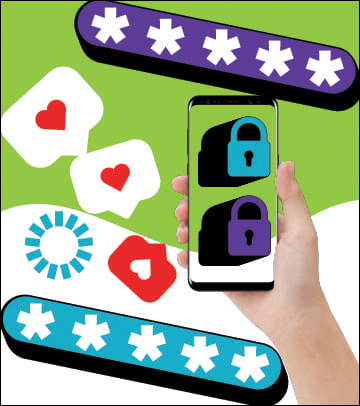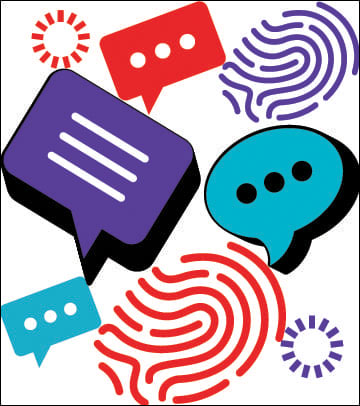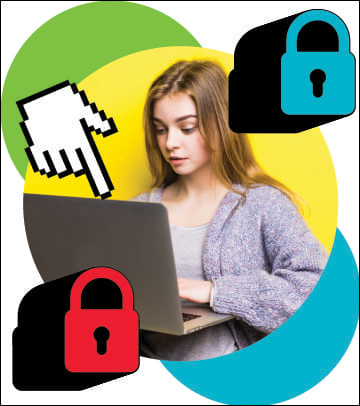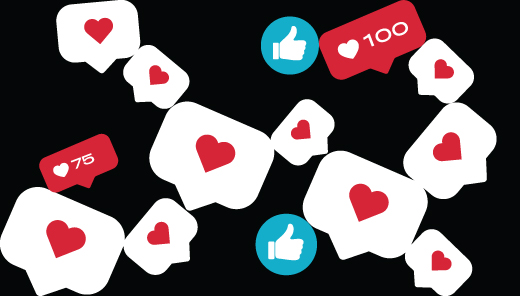From: Get Cyber Safe
Knowing how to use social media safely is an important part of protecting your identity online.
Practice safe social
Social media sites like Facebook, Twitter and Instagram are a great way to stay in touch with family, connect with friends, share news and post photos.
But if you’re not careful with how you use it, social media is also an easy way for cyber criminals to learn more about you. Make sure you take precautions before you post.
Risks to you
Phishing
Phishing messages are designed to trick you into giving up information by pretending to be from a trusted source.
Phishing messages can come from people pretending to be your friends, companies, or just friendly strangers. Never share sensitive information or click on any links that seem suspicious — even if they’re from your friends. Learn more about phishing and smishing.
Social Engineering
Social engineering is the practice of obtaining confidential information through deception.
When they contact you by email or phone call, a fraudster may use facts you have made public on your social media accounts, for example, where you live or work, to make their request seem legitimate. The goal is to trick you into providing sensitive financial or personal information. Social engineering is a type of phishing that can be difficult to spot.
Privacy
Social media sites receive so much private information about us, the names of our friends and our family members, how we spend vacations, and the contents of our direct messages. It’s important to understand how social media sites are using this information and if they are selling it to advertisers and other third parties.
Malware
Malware is malicious software designed to infiltrate your device.
Malware is spread on social media through links, often with catchy headlines. Once malware is in your device, it might send spam messages to your friends, steal your information or harm your device. Always be careful when clicking links on social media. Learn more about malware.
Protect your profile

Use a passphrase or complex password
Social media is all about sharing, so if your password is something you’ve shared on social media, like your pet’s name, it will be easy for a cyber criminal to guess. Make sure you use a unique passphrase or password for every social media account. Learn more about creating a strong password.

Enable multi-factor authentication
Most social media sites offer multi-factor authentication (MFA). Always turn MFA on in your settings to keep your account secure. Learn more about multi-factor authentication.

Review your privacy settings often
Use the privacy and security settings on social media sites to control who can see what — the default settings probably provide strangers more access than you'd like.

Keep private information private
Even if you’re careful, you can never know who’s on the other side of the screen. When you post on social media, avoid sharing:
- Personal information like your phone number, email address, home address, work details or your child's school
- Informative pictures: Check the background of pictures before you post for any revealing info like street signs or license plates.
- Geotagged photos: Most smartphones and digital cameras automatically attach the exact location where a photo was taken. Many social media sites don’t capture this information when you post a photo. But when they do, turn off geotagging in your camera’s settings and remove geotags from older photos with photo editing software.
- Exciting news: Vacation details, big purchases or events with your address can let criminals know there’s an opportunity to rob your home while you’re away.
- Banking or financial information, including the name of your bank, credit or debit card numbers, and any other financial information.





